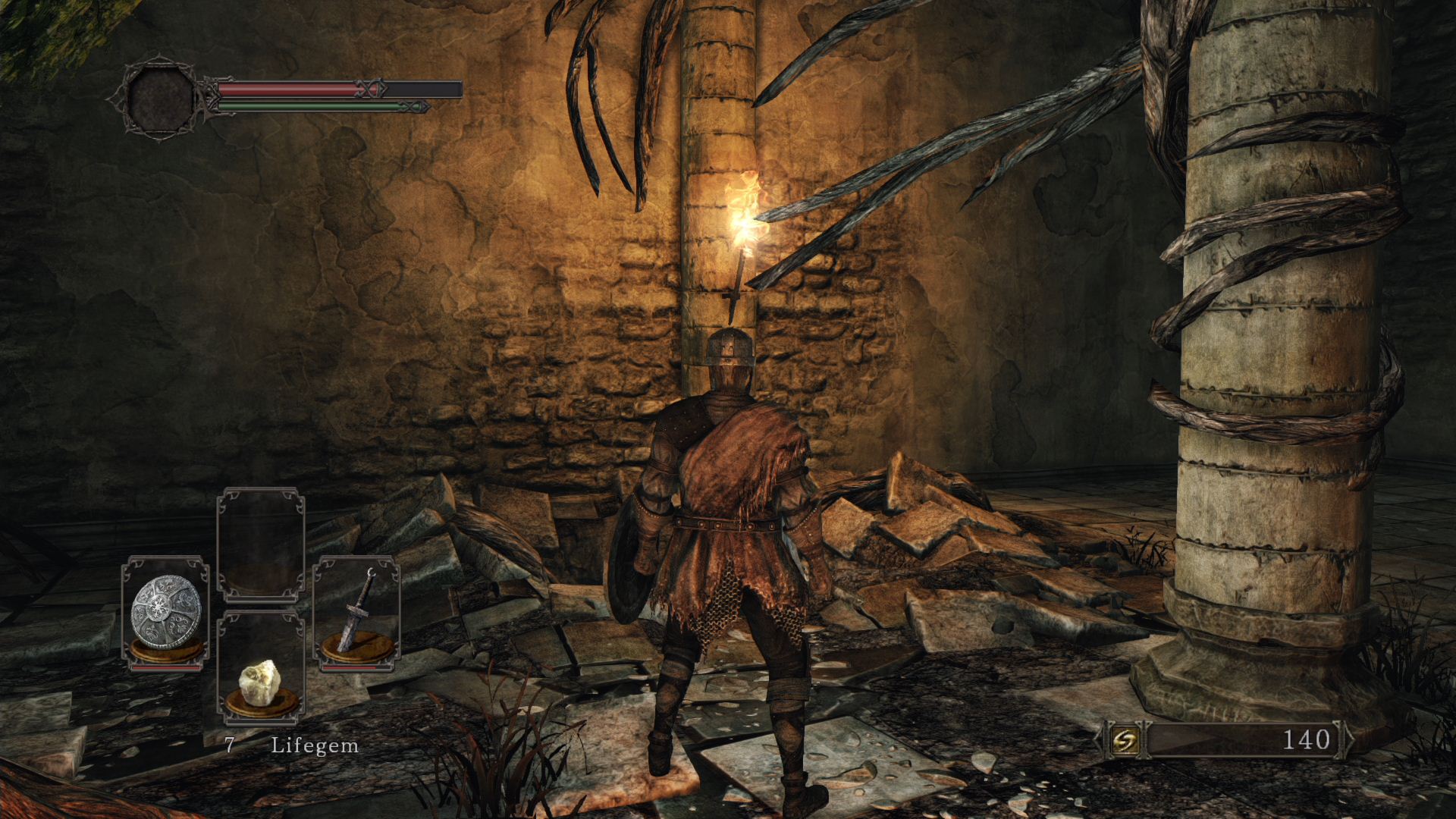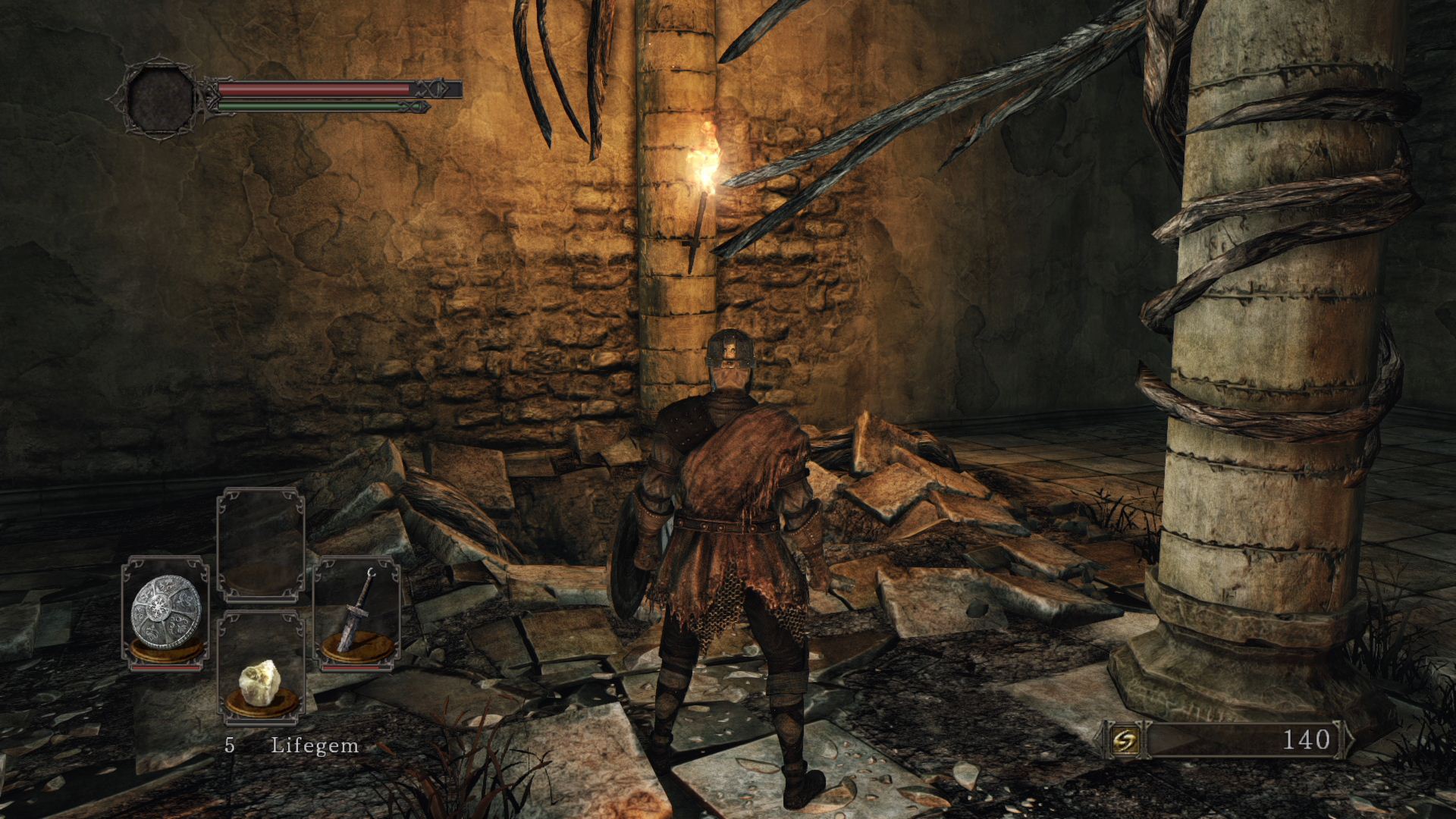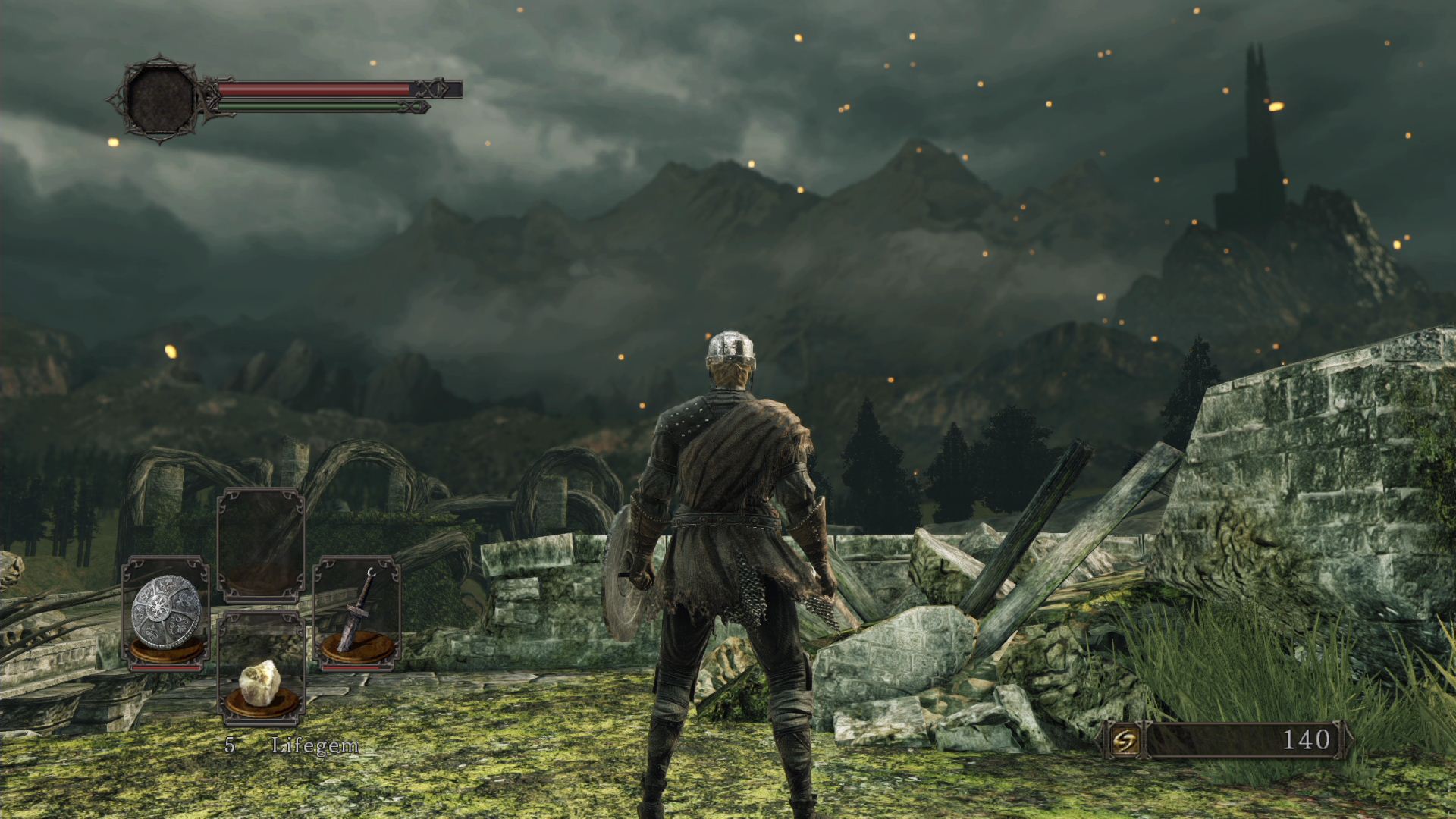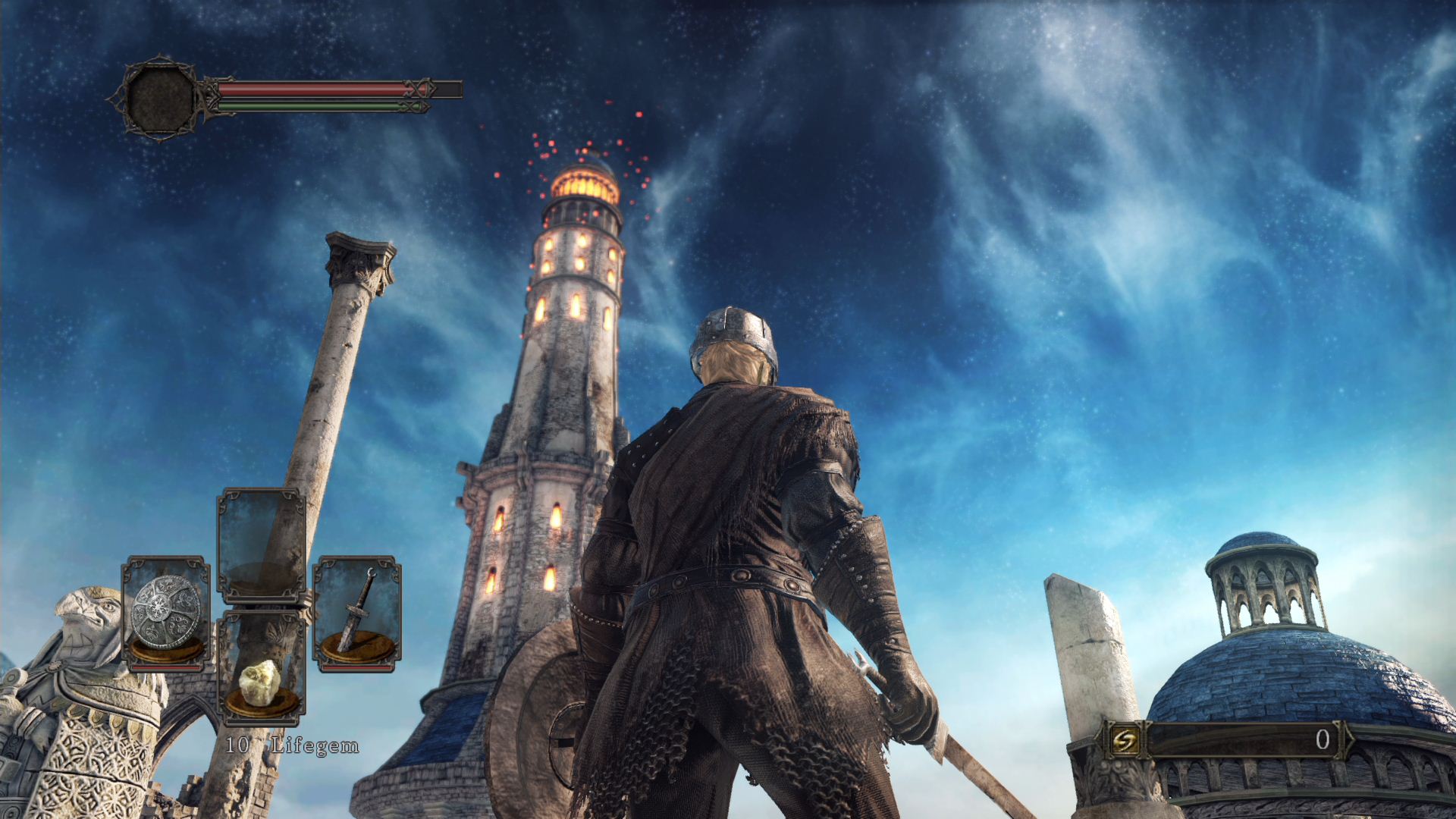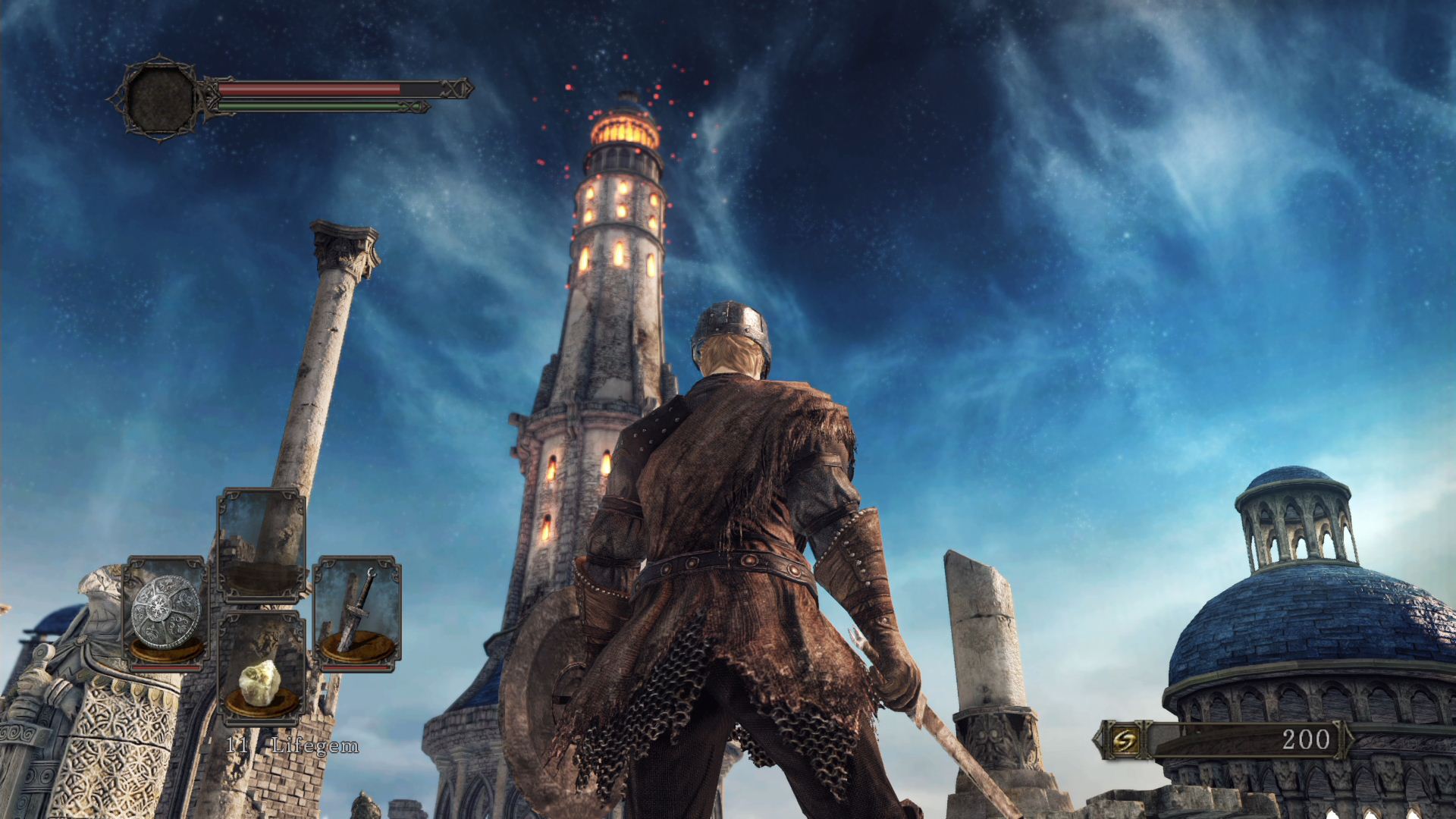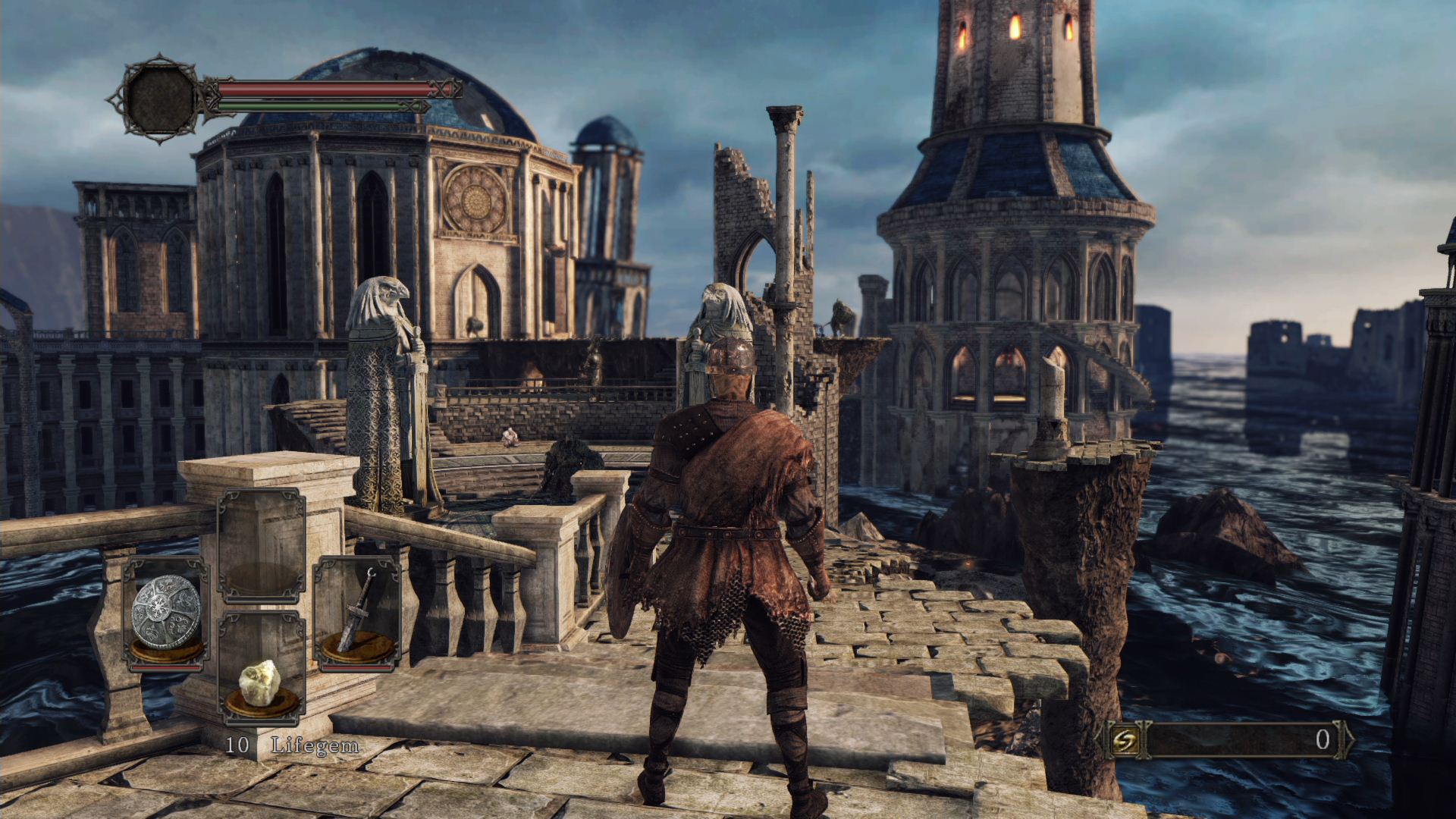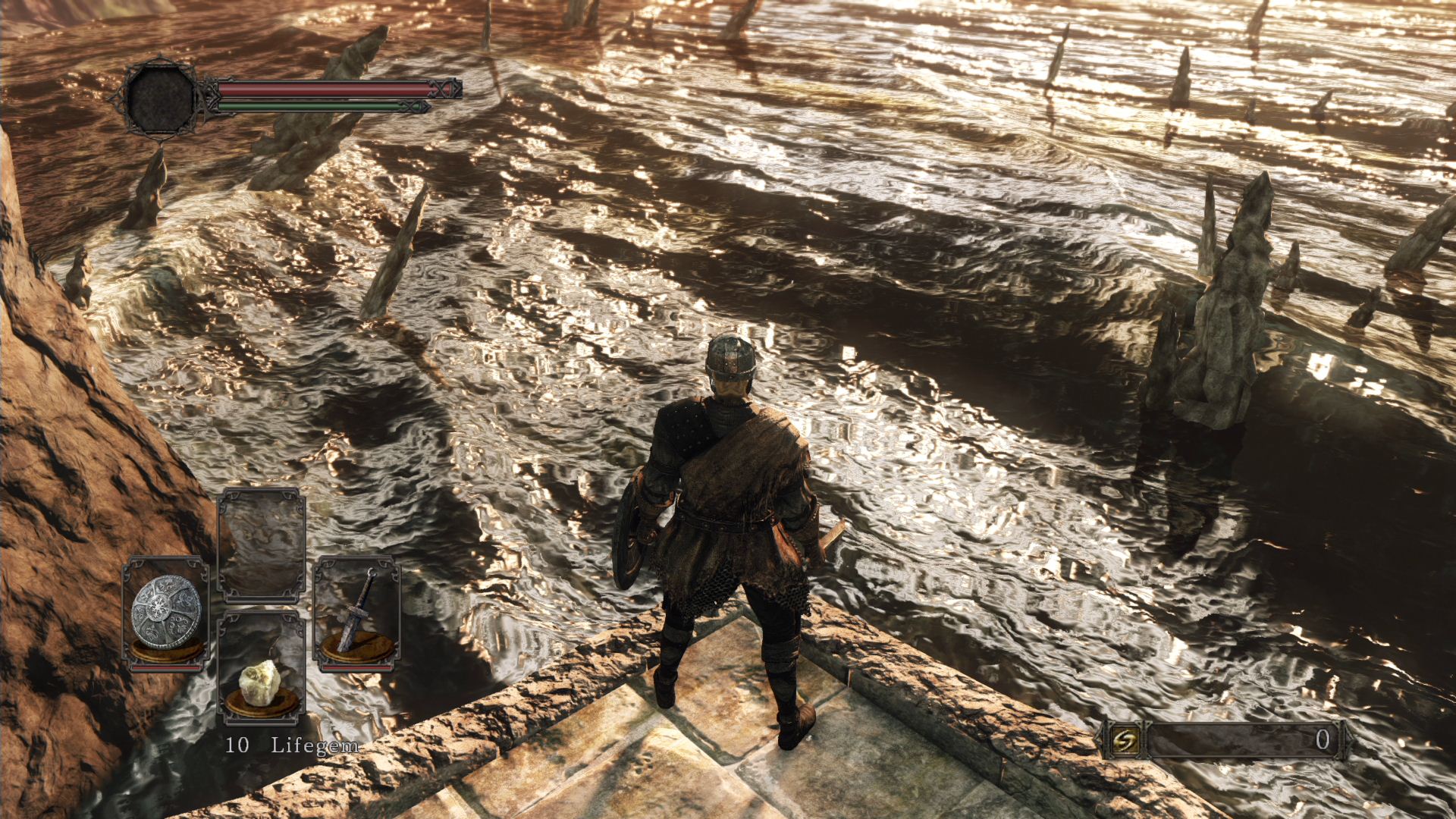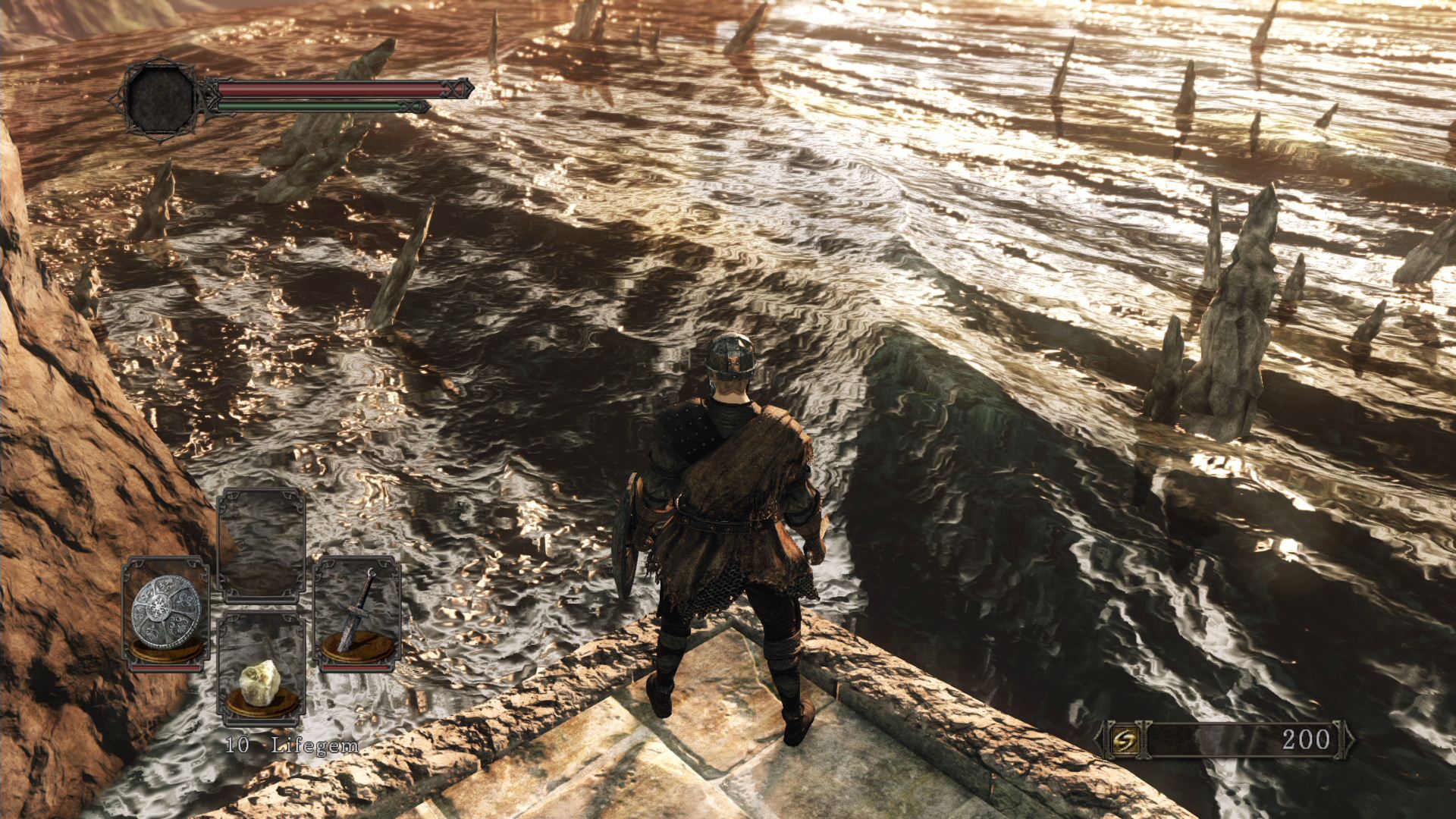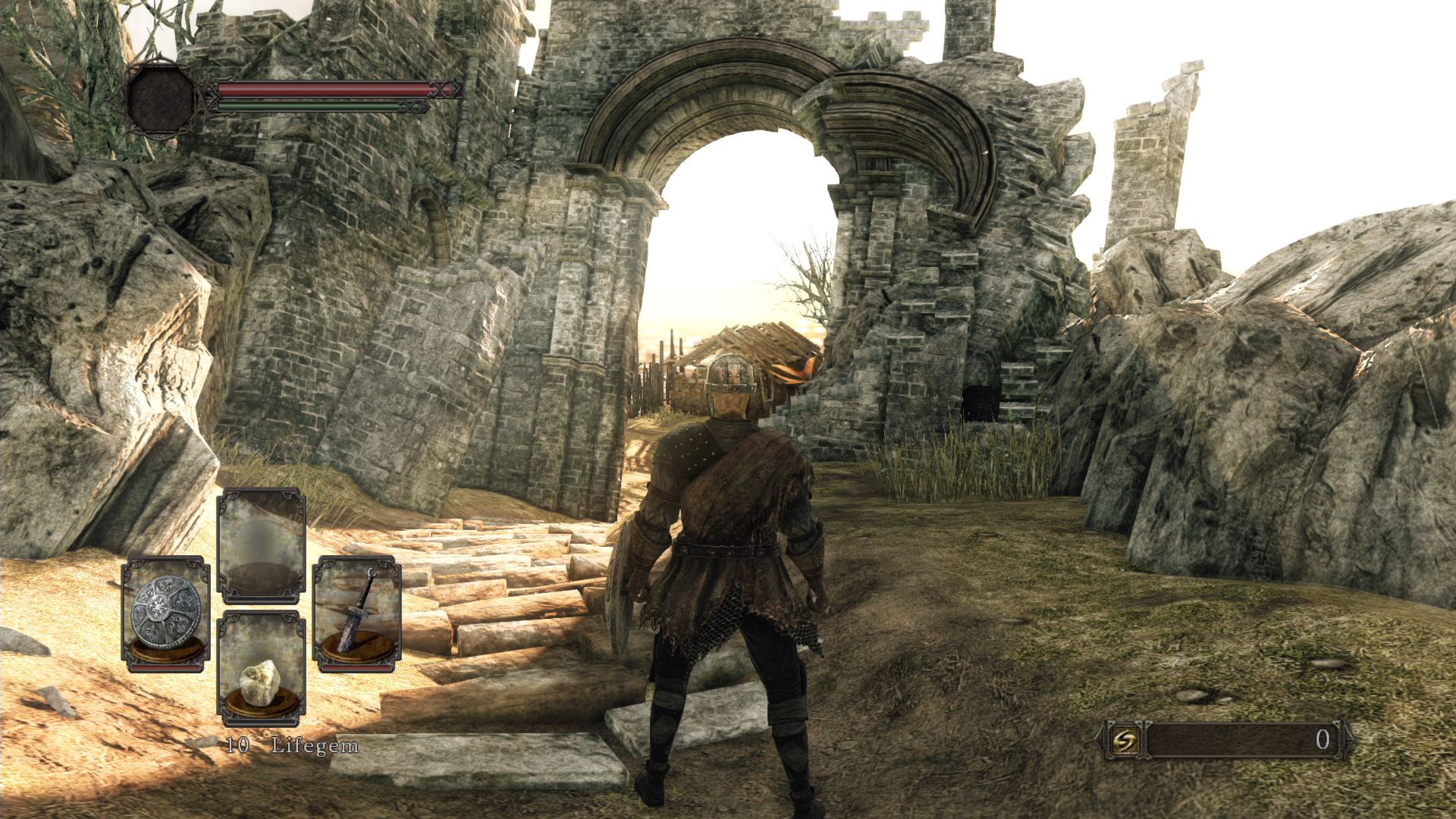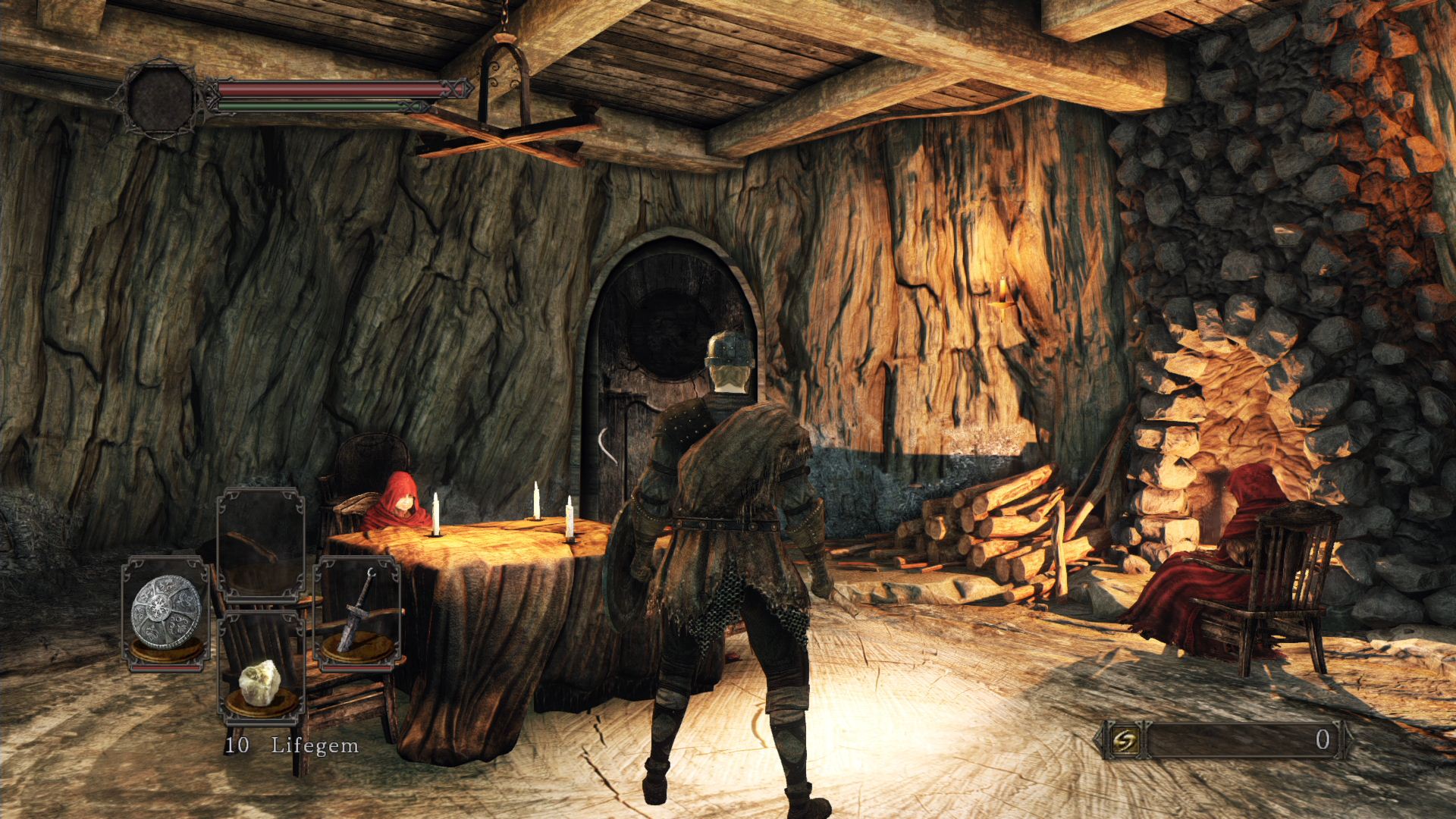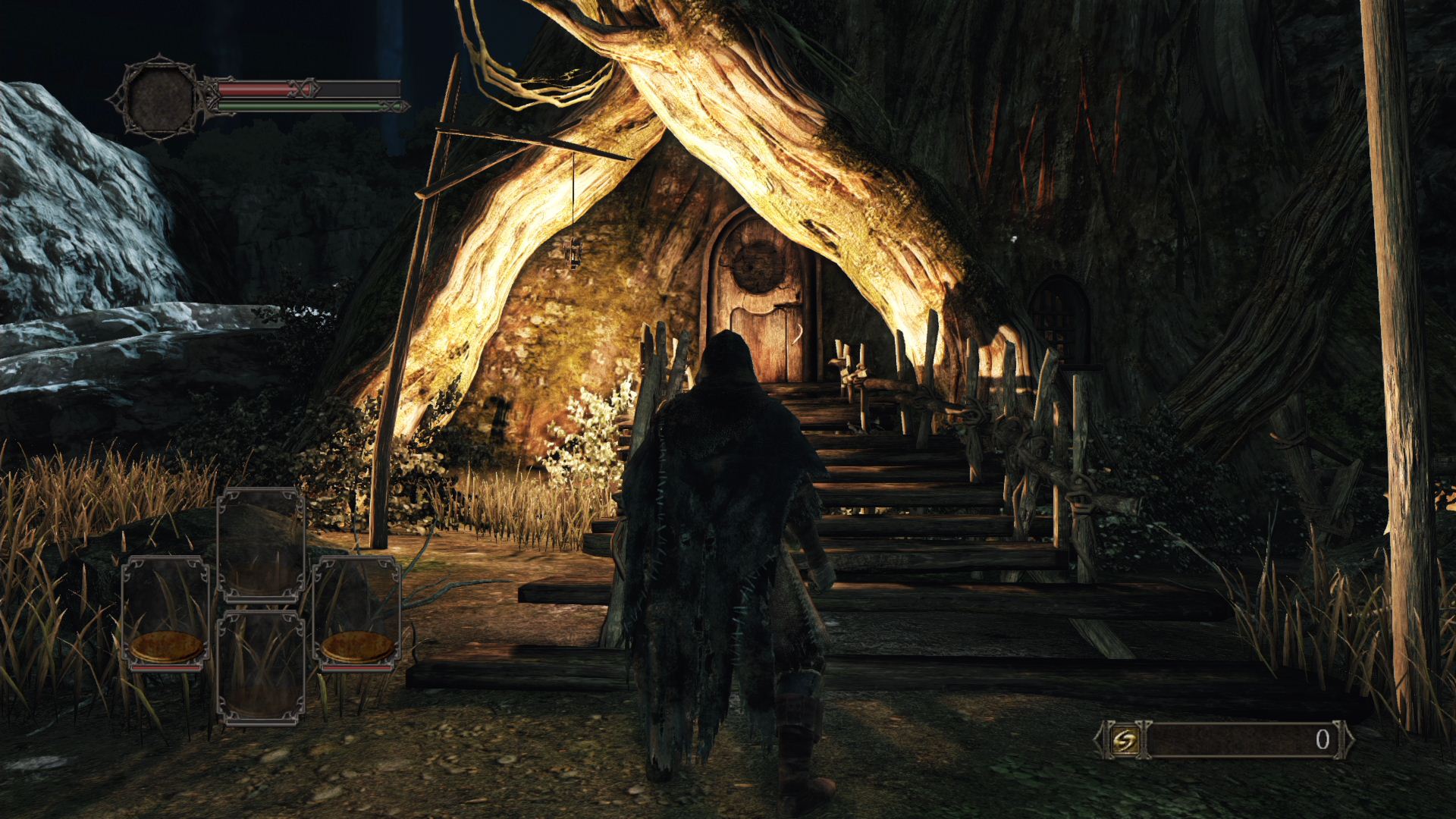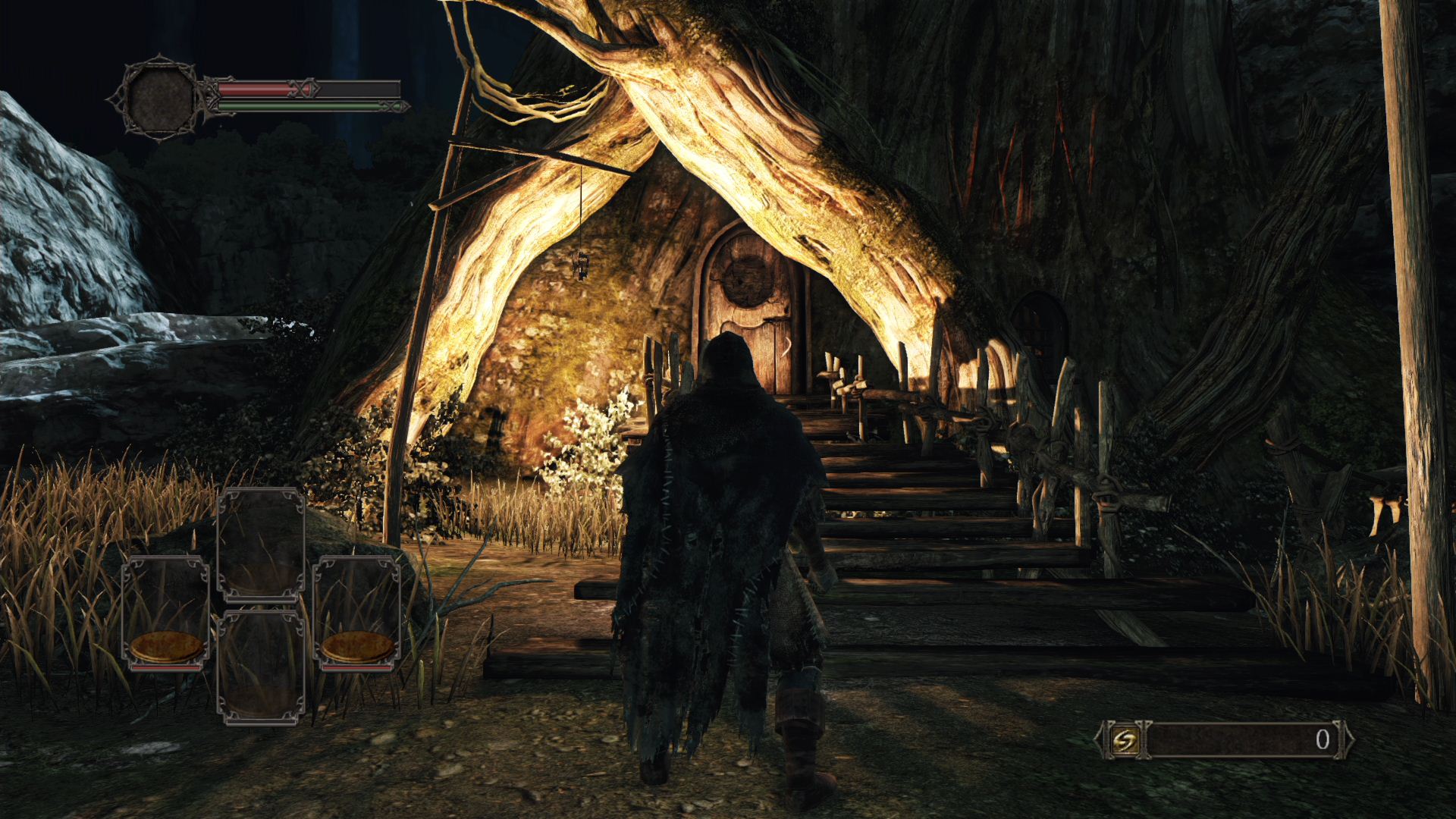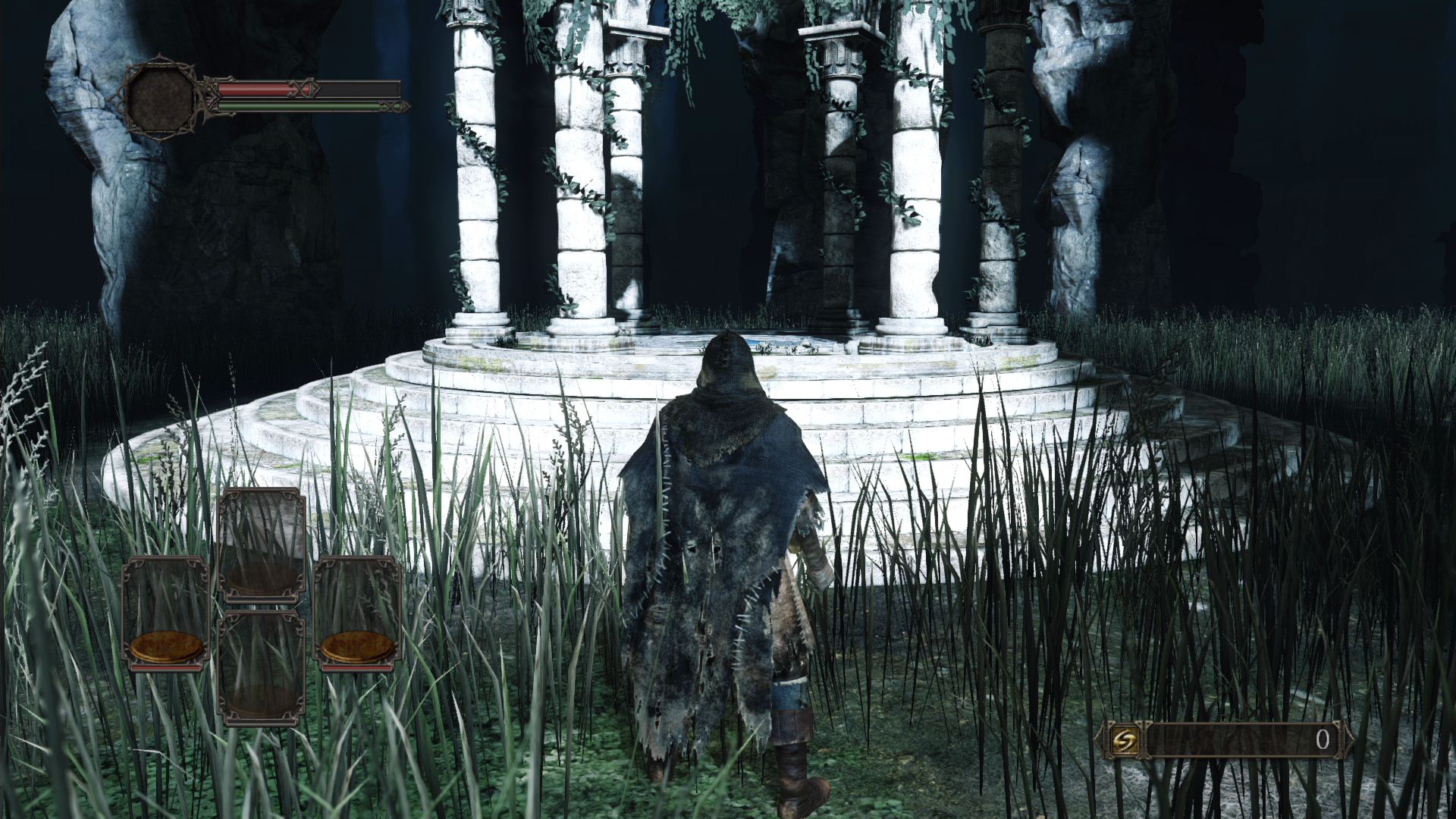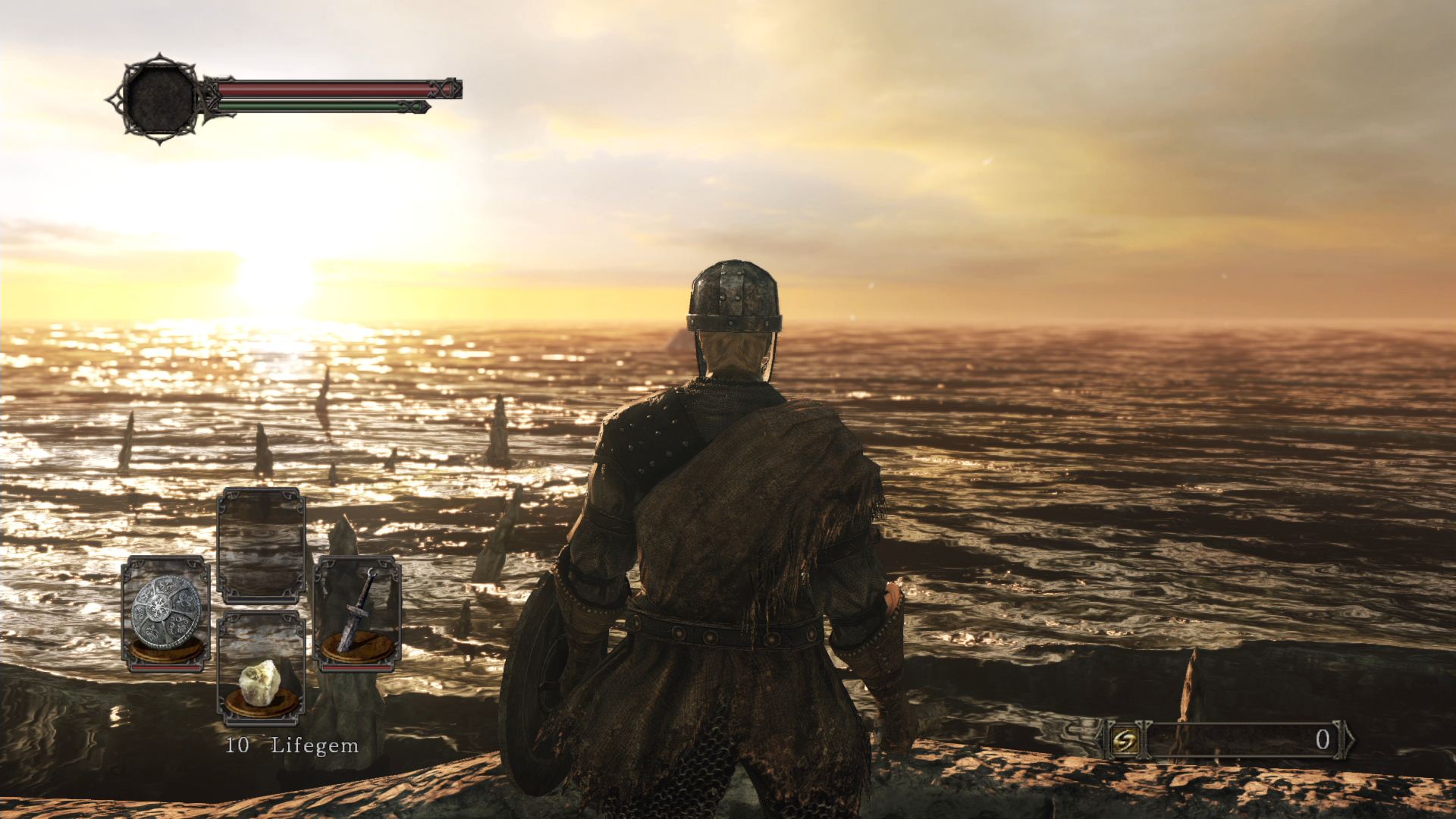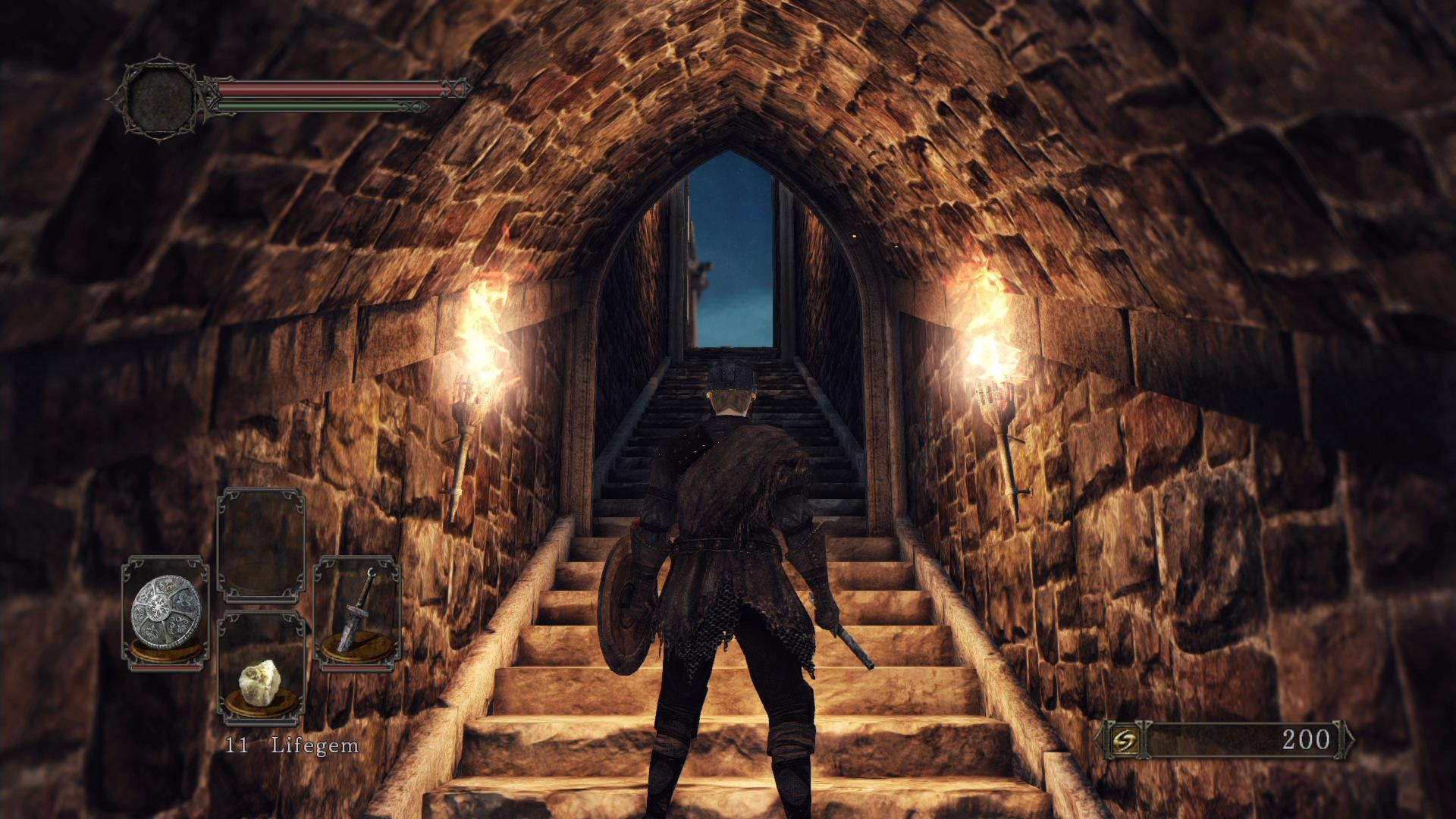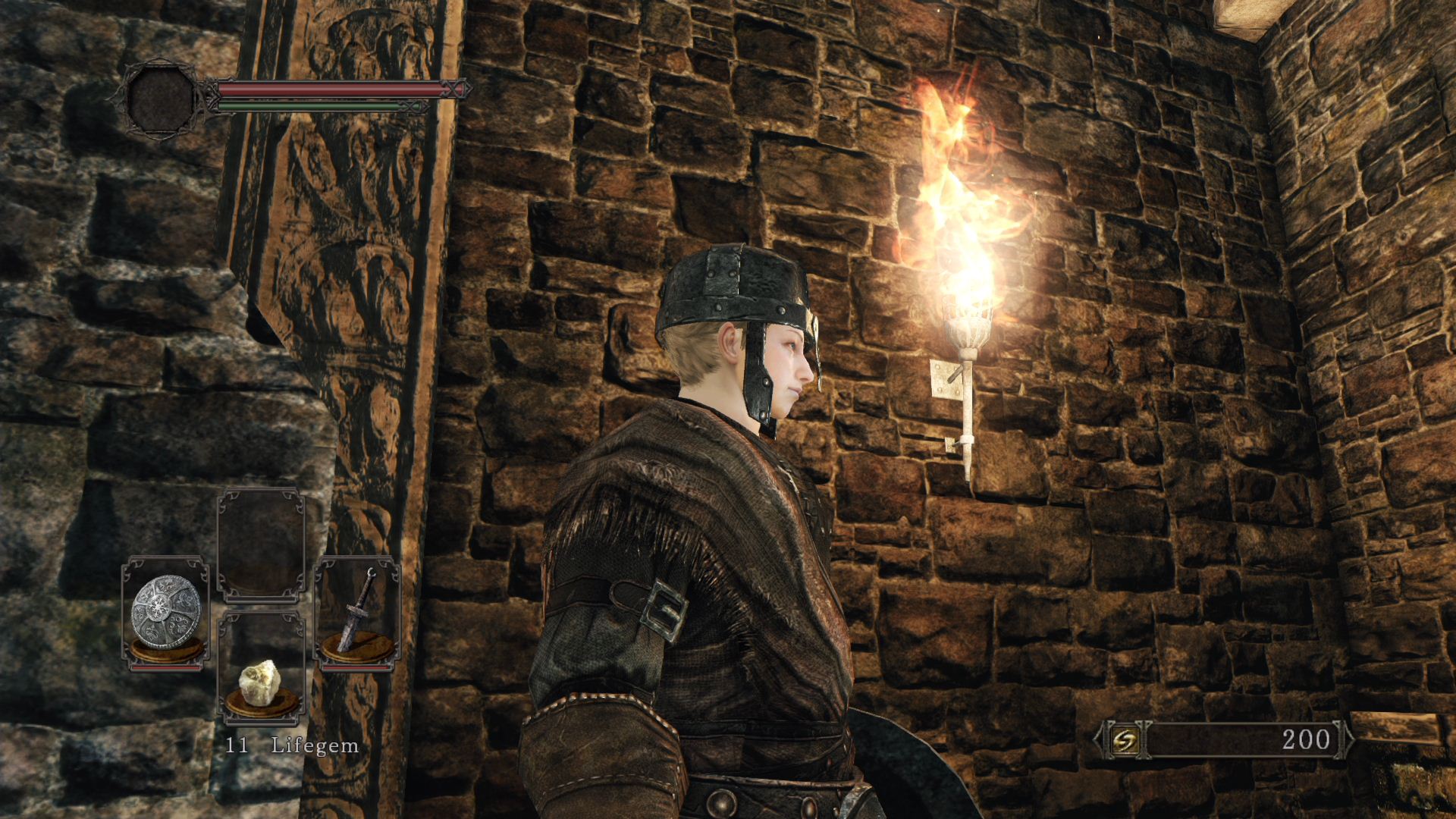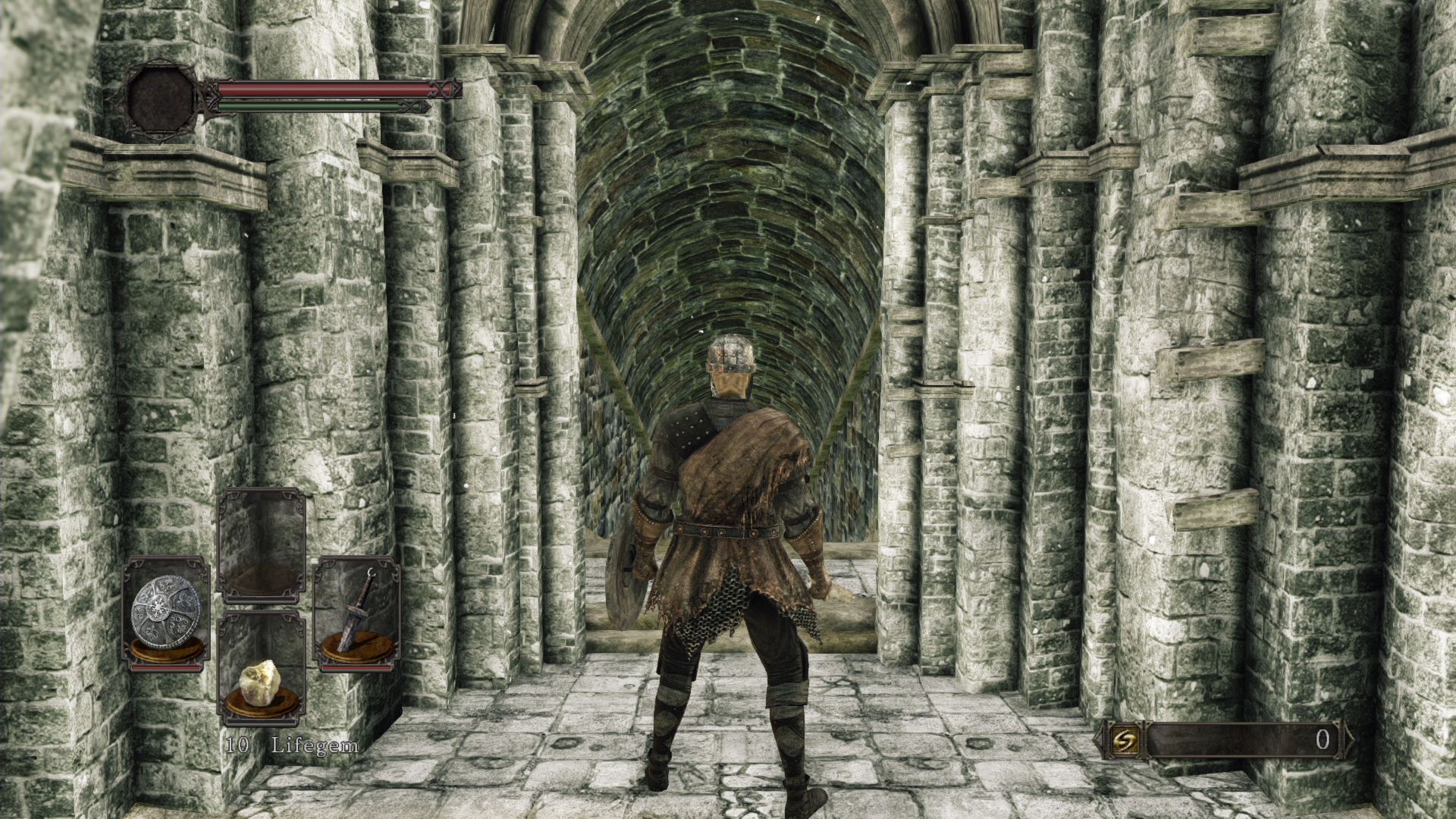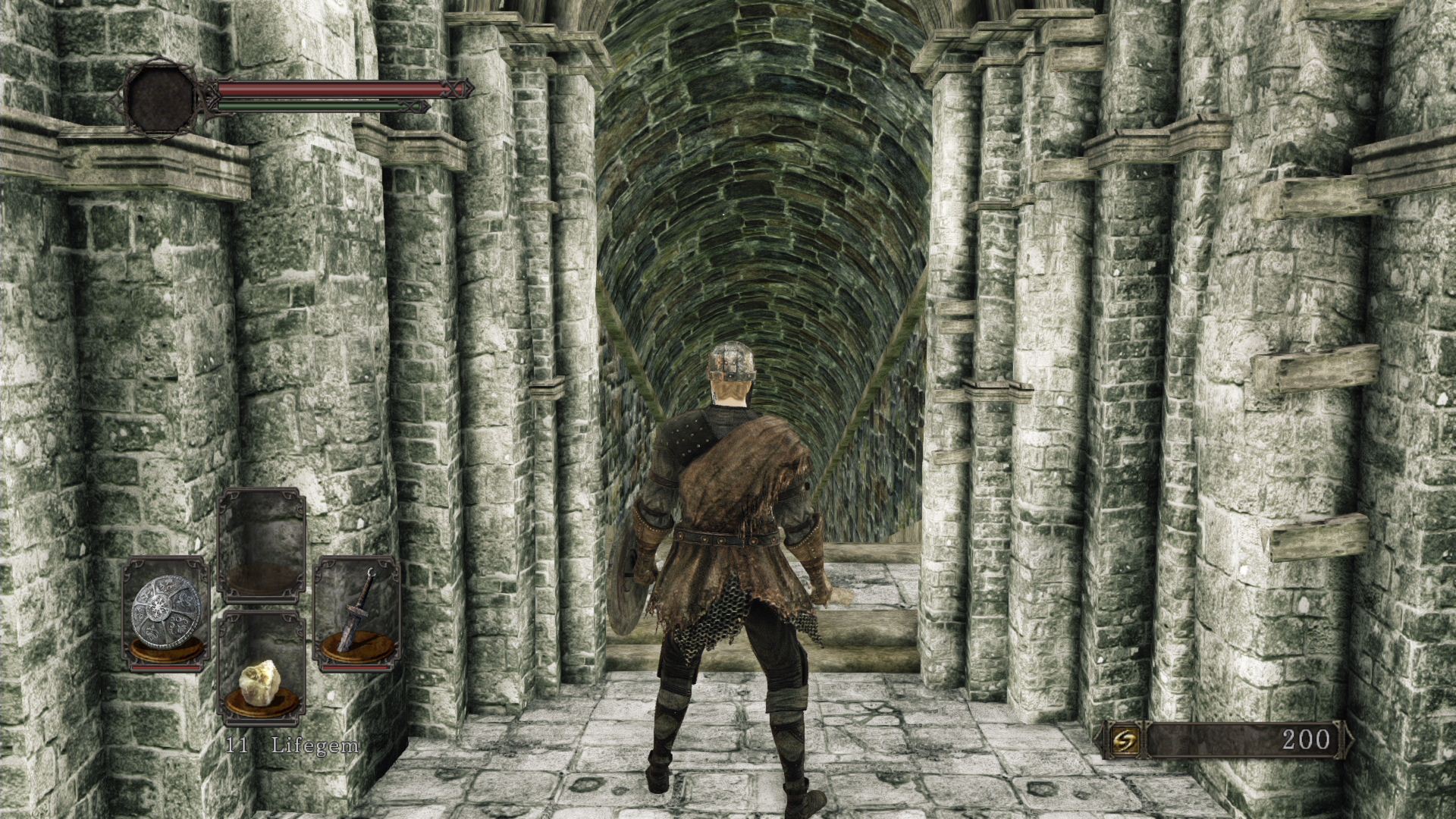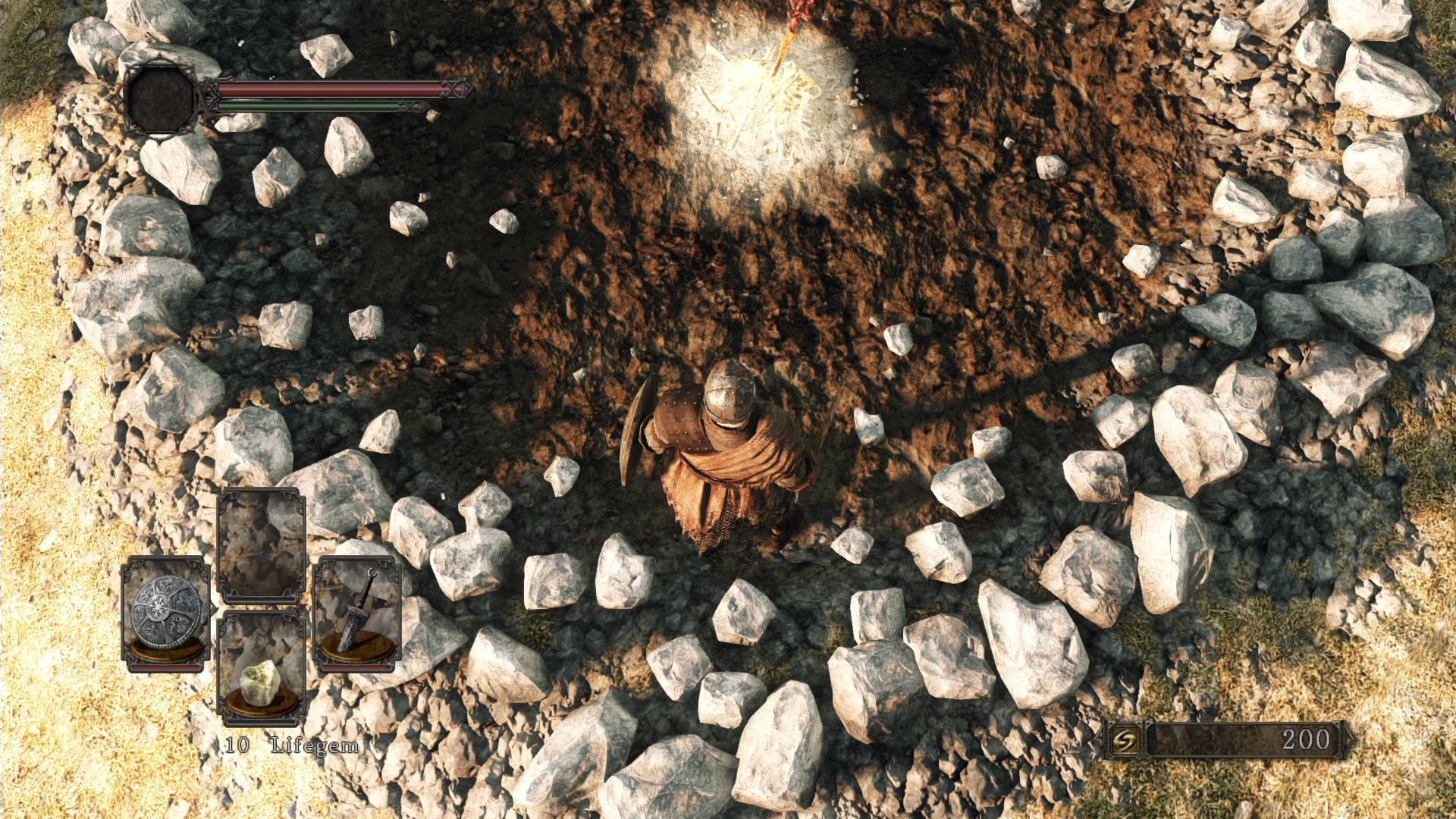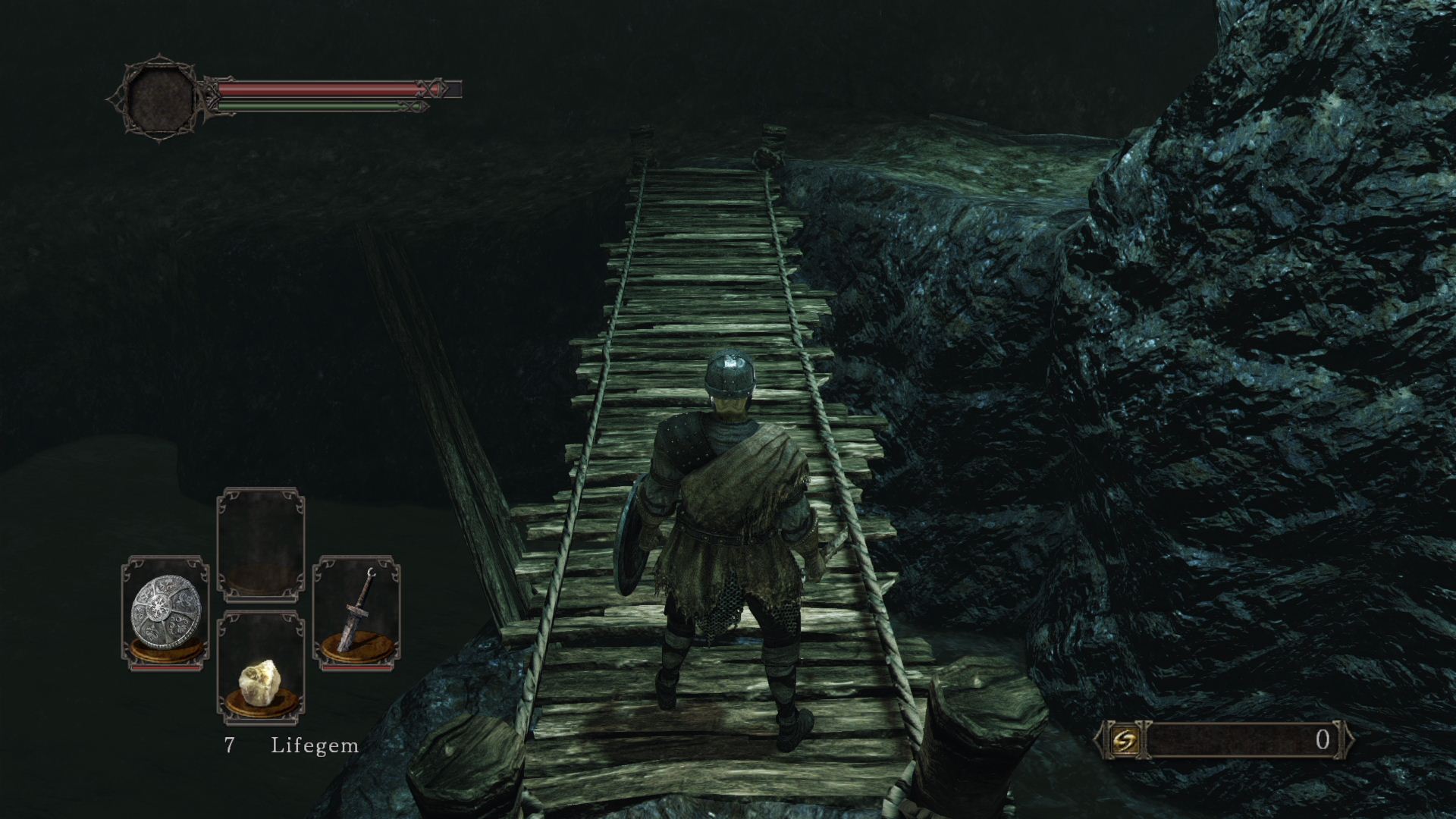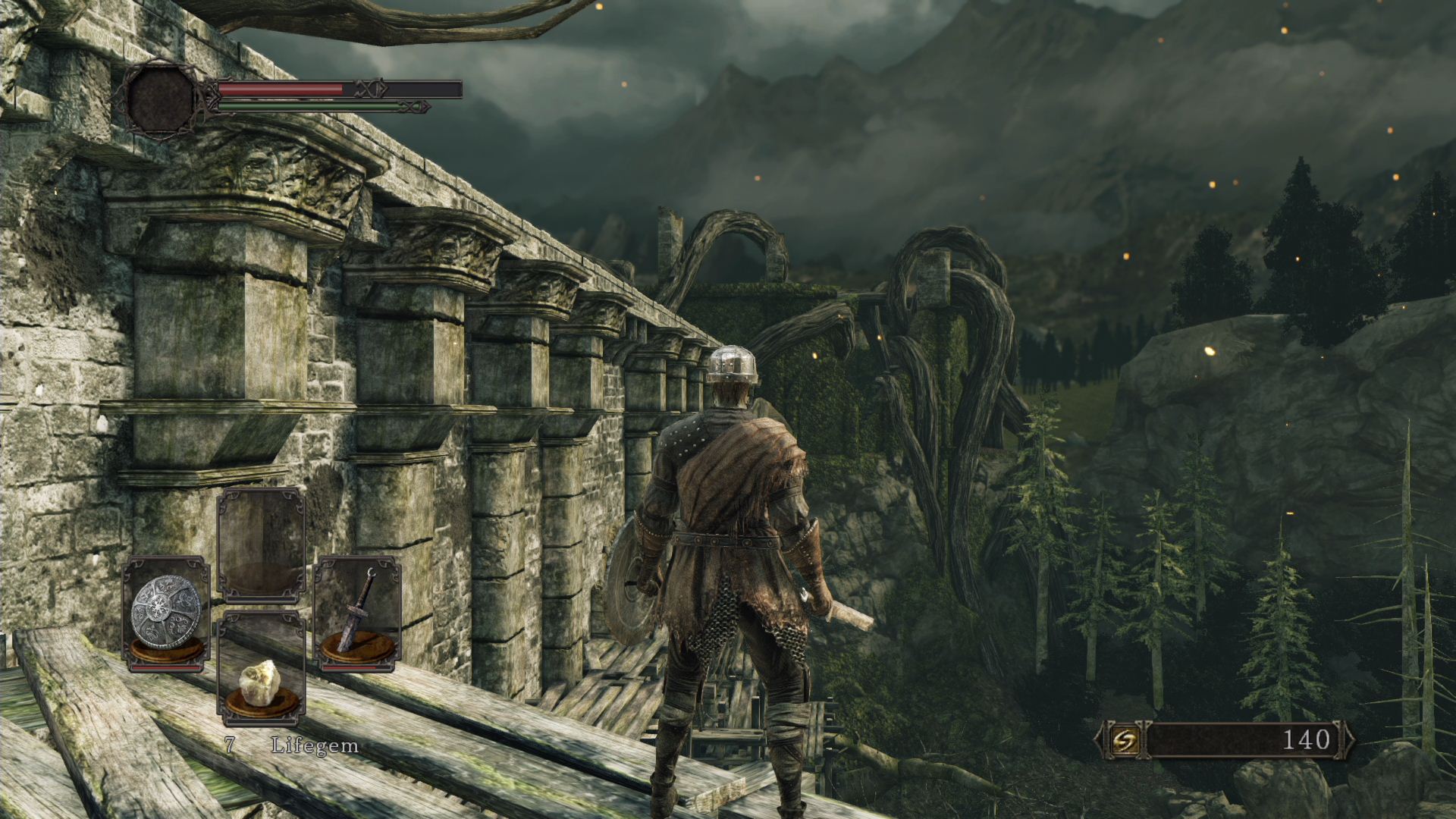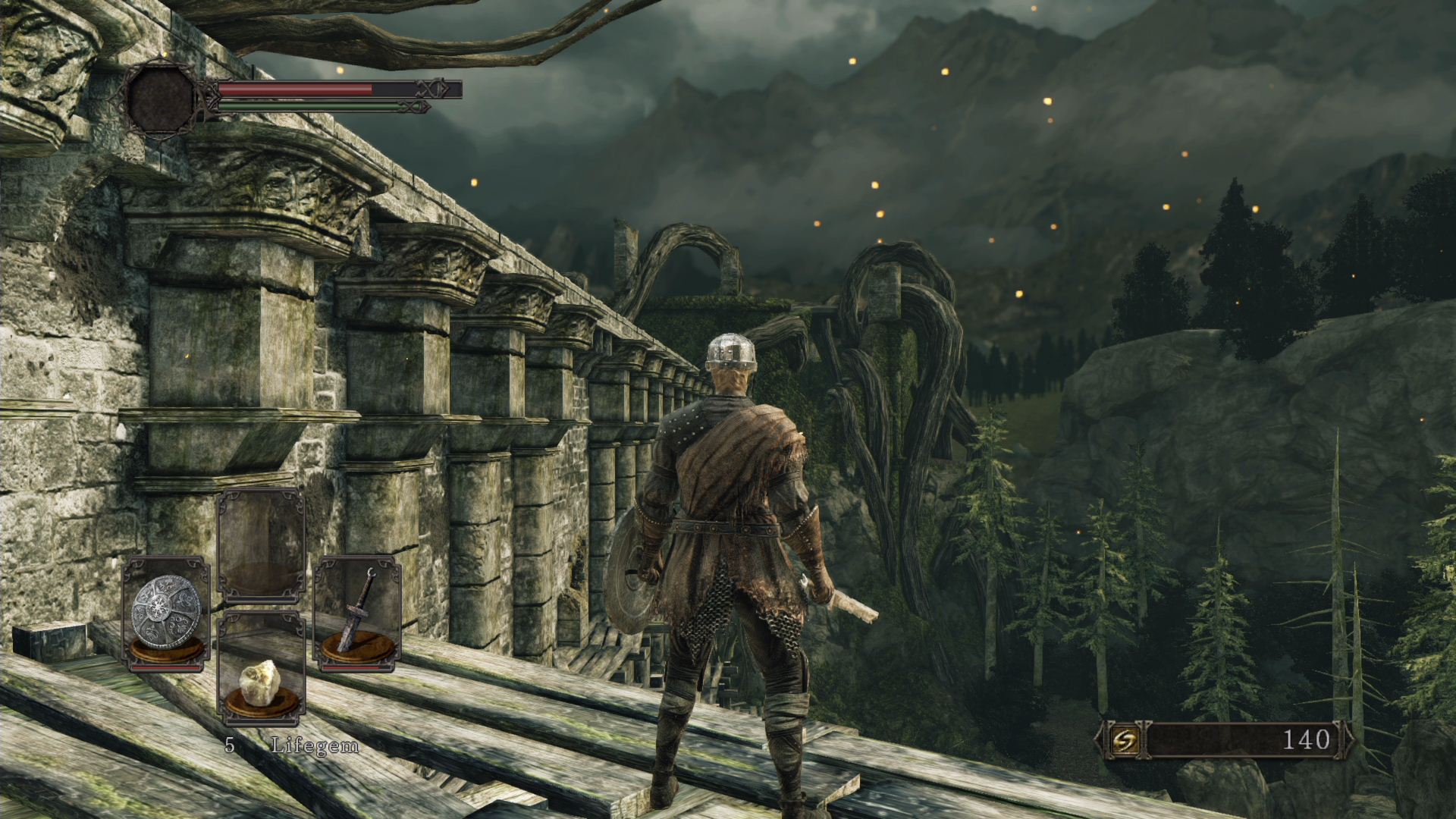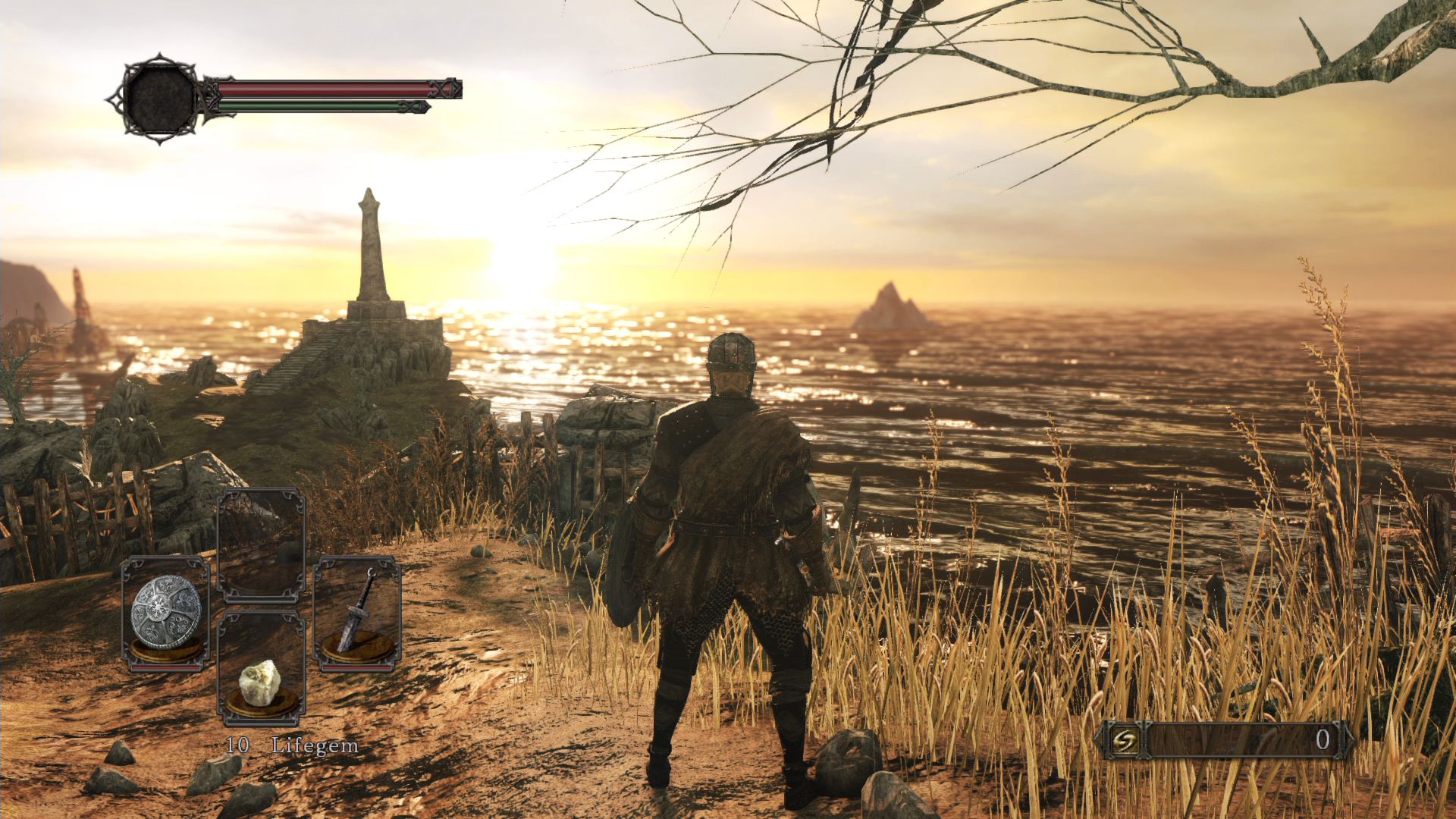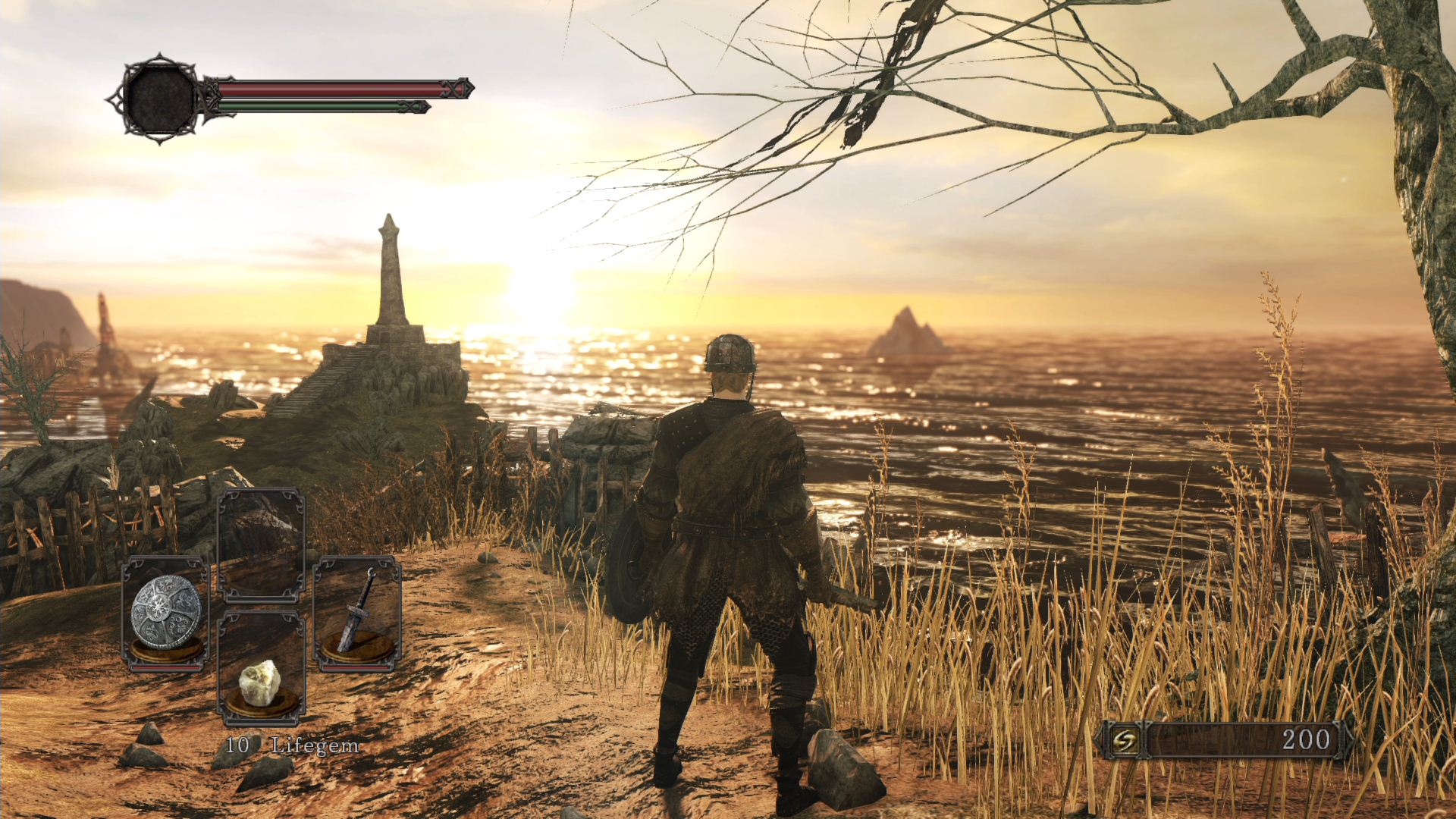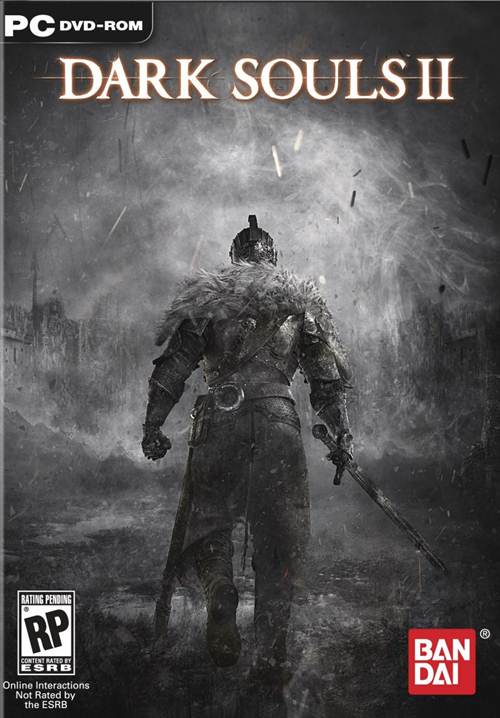
It’s amazing to go back to Dark Souls 2 after the release of Bloodborne, From Software’s PS4-exclusive action RPG that had more than its share of graphical issues (no AA, LOD scaling issues, frame rate issues and so on). Of course, by “going back” to Dark Souls 2, we mean the current generation version of the franchise, namely Scholar of the First Sin. Meant as a free content upgrade for the Xbox 360 and PS3 versions, Dark Souls 2: Scholar of the First Sin is meant to be a significant graphical upgrade for the PC, PS4 and Xbox One.
Looking back on the history of Dark Souls 2, it’s clear that some odd decisions were made. Hidetaka Miyazaki, who is the director for Demon’s Souls and the first Dark Souls, took on a supervisor role for Dark Souls 2. Tomohiro Shibuya and Yui Tanimura were the directors for the sequel which resulted in some different decisions, particularly with the PvP. The major issue for Dark Souls 2 came with its appearance – when it eventually released last year, the overall build had been graphically downgraded compared to footage shown in 2013. The PC version didn’t fare much better, running at 720p resolution and 30 frames per second.
Head to head PS4 versus Xbox One comparison. Please select 1080p and 60fps for best possible video quality.
Some of the other graphical decisions seen in Dark Souls 2 were…interesting, to say the least. While the resolution for the Xbox 360 and PS3 versions was at 1280×720, the MSAA 2x of the first game was replaced with a post process edge filter. This is also where LOD scaling was employed for distant objects, leading to elements like shadows loading into the player’s view before the rest of the environment did. That’s not including issues with the frame rate that came up, especially with the Xbox 360 version. To say that a re-launch of the game for Xbox One and PS4 would happen is an understatement.
With Dark Souls 2: Scholar of the First Sin, From Software have modified the engine to support DirectX 11 and which looks to take advantage of the power that the PS4 and Xbox One present. When creating the technology, a From Software engineer stated that, “We always had in mind the next generation, such as DirectX11 and next generation hardware when creating our technology, and also challenged ourselves as programmers to simultaneously create for the new generation.”
There’s more to this enhanced edition than just improved graphics though. From Software has also included new placements for enemies and items along with improving the performance and audio, increasing the total number of online players in a session, and even adding a new end boss to the proceedings. How well did the developer take advantage of the PS4 and Xbox One though, along with finally catering to the more powerful hardware of PC players?
A revamped lighting system, enhanced post processing and alpha effects, and limited physical based rendering specially for cloth materials are an integral part of this remaster. [PS4 left, Xbox One right]
Firstly, the Xbox One and PS4 versions run at a native 1080p resolution. The game targets 60 frames per second but isn’t locked. And while both versions suffer frame drops, it’s ultimately the Xbox One version which sees more drops than the PS4 version. The PS4 was able to almost a deliver a locked 60fps experience in several areas such as Things Betwixt, Majula, Forest of Fallen Giants but we did observed some minor drops in No-Man’s Wharf and Lost Bastille. The Xbox One version on the other hand was trailing behind the PS4 by 3-4fps in Things Betwixt, Majula and No-Man’s Wharf. In No-Man’s Wharf and Forest of Fallen Giants, the gap increased by 6-10fps.
The engine this time around now sports deferred rendering and limited physical-based rendering. Natural Motion’s Morpheme is also supported, which delivers more complex in-game animations than before with higher fidelity. Havok Cloth technology is present, leading to more complex cloth simulation (not unlike, say, Bloodborne). Other new features include specular highlighting and tessellation. Depth of field and blur effects were present in the previous gen and look even better here. Upon observing scenes with multiple NPCs, it was noted that the overall count of characters had been raised.
Impressive 16x anisotropic filtering results into extremely sharp textures on surfaces and walls. [PS4 left, Xbox One right]
Draw distances have been improved compared to original game on the PS3 and Xbox 360. [PS4 left, Xbox One right]
The post process edge filter is out and FXAA is in with regards to the anti-aliasing. Again, it’s not like the MSAA 2x of the first game – which led to crisp details even with a lower resolution – but at least it’s something, especially when the more recent Bloodborne didn’t have any anti-aliasing solution to speak. For its purpose, FXAA does the job well here. It’s also important to note that texture filtering across both the PS4 and Xbox One is excellent with 16x anisotropic filtering being applied. Yes, even the PS4 has received the benefits of premium-grade anisotropic filtering and it looks great.
How well did DirectX 11 contribute to the game’s visuals, especially on the PC version? As it turns, it helped provide better looking terrains and better parallax occlusion mapping along with better volumetric and particle effects. However areas with less light are much darker now compared to the original build. We are not sure why this is happening but despite these small niggles, the DX11 version is heads and shoulders above the original build. We tested the DX 11 PC version with a Radeon R290 and an FX 8350 and noted no performance issues at all, even when running the game on max settings.
Head to head PS4 versus PC DX11 comparison. Please select 1080p and 60fps for best possible video quality.
Should you play Dark Souls 2: Scholar of the First Sin, especially if you’ve played the original game? We commend From Software for providing more than just a graphical revamp with its gameplay changes. Some players may take issue with the revamped lighting engine which gives the surroundings a more white-ish look compared to the original’s gold drenched settings. It should also be noted that Scholar of the First Sin still doesn’t approach the visual quality of the initial reveal build.
Some effects have been improved thanks to DirectX 11 and admittedly, it looks better than the base game – there’s just nothing overwhelmingly improved here. However, with better frame rates and resolutions all around, it’s worth it for both new and old players to give Dark Souls 2: Scholar of the First Sin a go. If you have a decent PC, then obviously that is the place to play. If you are console gamer our recommendation is PS4 version due to its better performance.
Note: Console and PC analysis was conducted by Bill Smith. Additional reporting by Ravi Sinha and contributor Andrew Scott.








